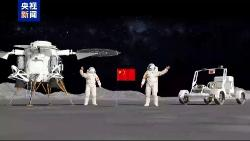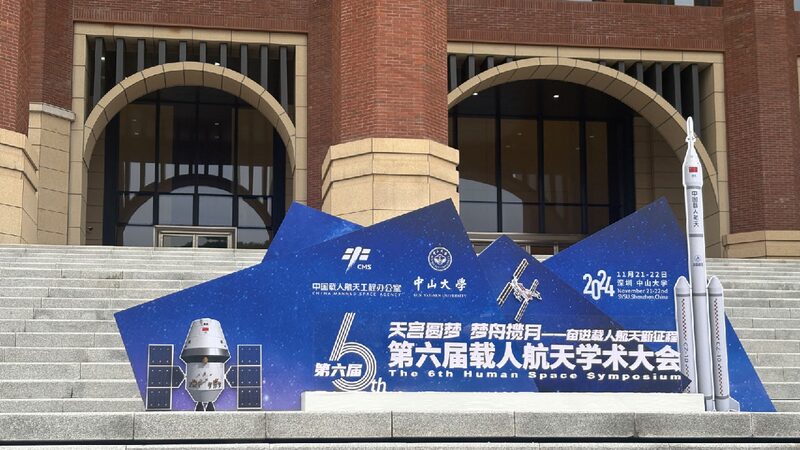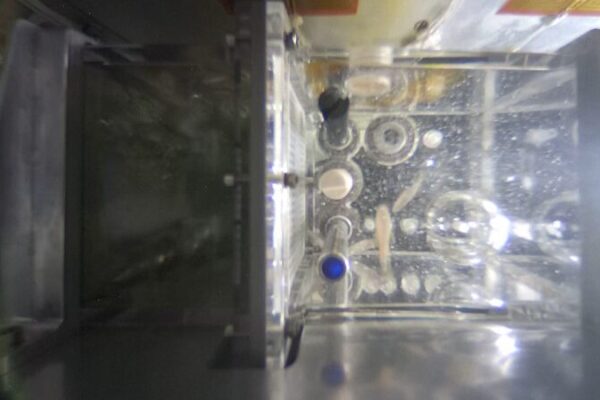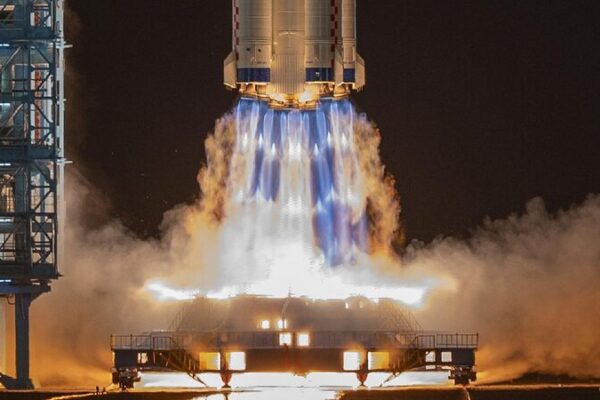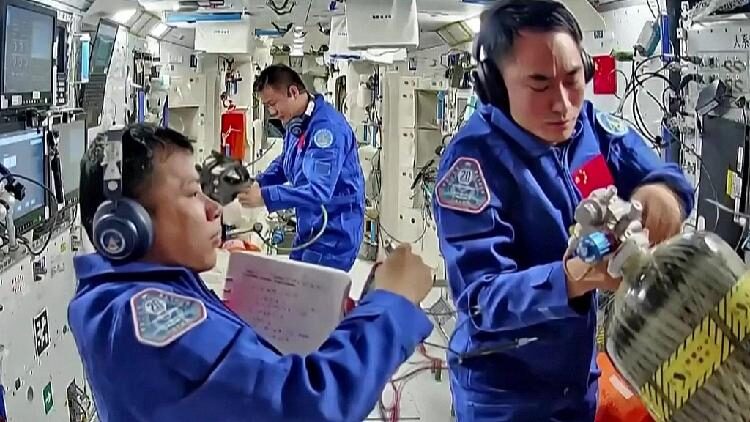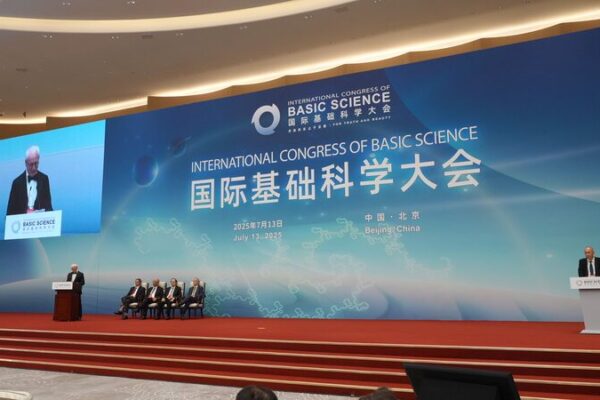China Unveils Groundbreaking Space Station Research Report
China’s Manned Space Agency (CMSA) has released its first comprehensive report on scientific research and applications conducted aboard the country’s space station. Since its full completion on December 31, 2022, the space station has achieved 34 significant scientific results, marking a new era in China’s space exploration.
The report highlights breakthroughs across three key areas: space life and human research (13 results), microgravity physical science research (12 results), and new space technology and application research (9 results). Among these achievements are several world-firsts that are pushing the boundaries of space science.
World-First Achievements
- Space-Grown Rice: For the first time, germplasm resources of rice and ratoon rice were developed in space, paving the way for potential agricultural innovations that could benefit food security on Earth.
- Stem Cell Differentiation: Human embryonic stem cells were successfully differentiated into hematopoietic stem/precursor cells in space, opening new avenues for medical research and therapies.
- Cold Atom Interference Gyroscope: The world’s first cold atom interference gyroscope was operated in space microgravity, enhancing precision in navigation and Earth observation technologies.
- Microbial Control Test Platform: The development of a high-throughput in-orbit microbial control test platform sets the stage for better management of microorganisms in space habitats.
- Longest Running Water Ecosystem: The space station hosted the longest-running water ecosystem in orbit, contributing valuable data on sustaining life support systems in space.
Massive Collaborative Effort
These groundbreaking achievements are the result of 181 scientific and application projects implemented aboard the space station. Nearly two tonnes of scientific materials were sent to the station, with approximately 100 types of experimental samples returned to Earth. The research generated over 300 terabytes of scientific data.
A total of 63 scientific research teams from across China contributed to these efforts, leading to the publication of more than 500 high-level scientific papers and the acquisition of over 150 patents.
Future Endeavors
The CMSA announced that, over the next 10 to 15 years, the space station will undertake more than 1,000 research projects. These will include not only scientific exploration but also initiatives in science popularization and international cooperation, aiming to advance global space science.
Ongoing Missions
Since entering the application and development stage at the end of 2022, China’s space station has been operating smoothly. The CMSA has completed four manned flight missions, three cargo supply missions, and four spacecraft reentry missions. Five crews of Chinese astronauts, known as taikonauts, have either stayed or are currently staying aboard the station, conducting 10 extravehicular activities to date.
The selection process for the fourth cohort of Chinese taikonauts has been confirmed, signaling China’s ongoing commitment to its space exploration program.
These remarkable achievements not only showcase China’s growing capabilities in space but also contribute to humanity’s collective understanding of space science and technology.
Reference(s):
China releases first report on space station research and application
cgtn.com

